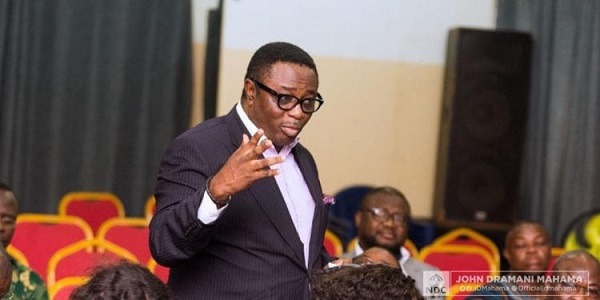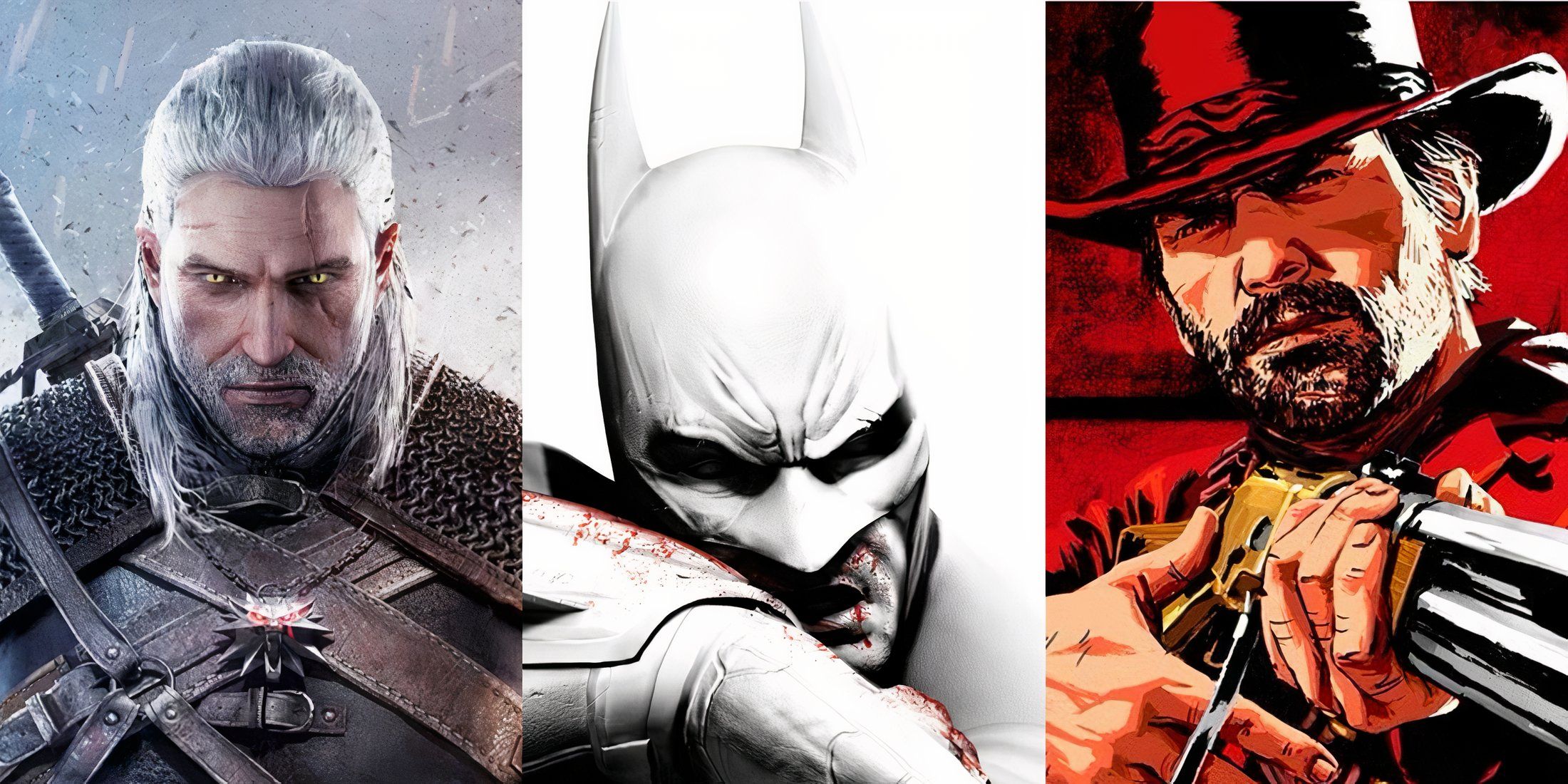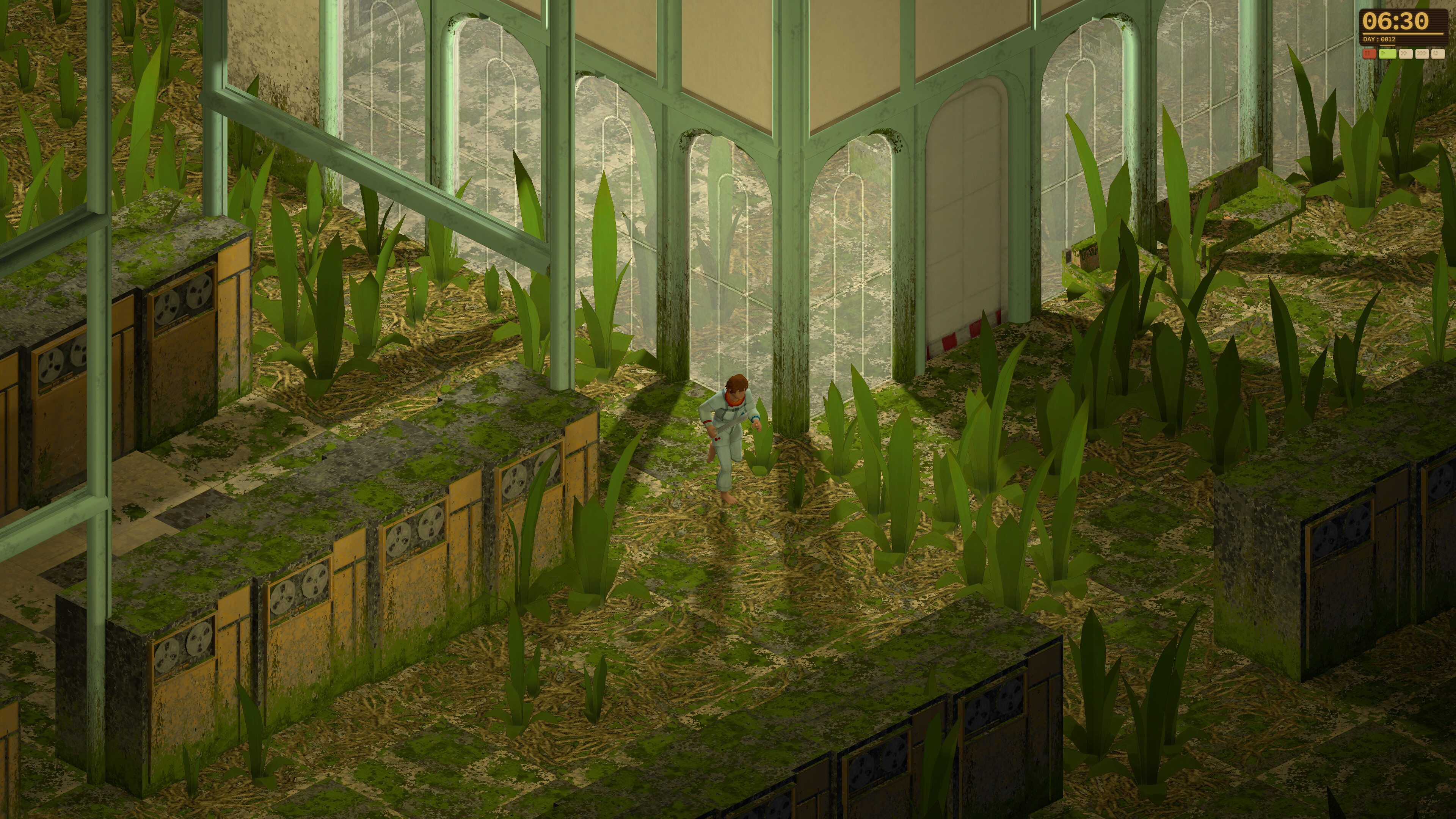A Lesson In Art History At Louis Vuitton Cruise 2026
The recent showing of Louis Vuitton’s cruise 2026 collection at Palais des Papes in Avignon, France, gave an insight into Nicolas Ghesquière’s cultural enlightenment. On the genesis of the collection, he explained, “In the summer of 2000, a series of exhibitions and performances called ‘La Beauté in Fabula’ was staged in the runup to the Festival d’Avignon. I spent two days completely immersed in the incredible rooms at the Palais, where for the first time I discovered Bill Viola’s work, which greatly left an impression and influenced me.”
In the tradition of Louis Vuitton cruise shows, or any of the collections that Ghesquière has ever created for that matter, there are a lot of layers to peel and references to decipher. First off, he went on to further cite the works of Christian Boltanski, Pierre et Gilles, Pina Bausch, and performances by Björk as those he experienced during the annual Festival d’Avignon back in the summer of 2000.
Related article: Louis Vuitton’s Spring/Summer 2025 Collection Explores The Meaning Of Soft Power

Photo: Courtesy of Louis Vuitton
All of those aforementioned artists are the types of artists with very conceptual expressions. Many of them work with multiple mediums, like painting, photos, videos and other audio-visual mediums, but done in grander scales and gestures. They usually touched on the subjects of birth, death and other aspects of consciousness. Take Pina Bausch, for example. One of the most important neo-expressionist choreographers, she also delved into sound design and stage set design—one of Bausch’s plays could’ve easily fit into the Louis Vuitton cruise 2026 scenography, designed by industry-favourite Es Devlin. The same thing can be said about Björk. The Icelandic vocal artist and performer has been continuously experimenting with art and music, deservedly standing as an icon herself and serving as an inspiration to many art performers of the millennial generation.
The running threads of these artists inspired most of the second half of the cruise 2026 runway exits. For instance, looks 39 and 40, with their jolting and undulating quilted panels, would’ve been the perfect costumes for Björk’s upcoming concerts. Looks 35, 36 and 37, meanwhile, could’ve worked in any of Bausch’s Tanztheater (“dance theatre” in German) performances, which blended dance, theatre and everyday movements.
Related article: Louis Vuitton x Murakami Chapter 2 Celebrates Japan’s Cherry Blossom Season

Photo: Courtesy of Louis Vuitton
The Devlin-designed set, which was integral in the storytelling of the collection, was placed in the Cour d’Honneur of the Palais des Papes. This is where theatre performances usually take place during the Festival d’Avignon. Ghesquière said, “I like the revolutionary and resolute vision of the late Jean Vilar, founder of the Festival d’Avignon, who showed up with his circle of friends, including actors like Gérard Philipe and Jeanne Moreau, who were practically unknown at the time, and said: “Doing theatre here is impossible, so let’s do it.” It’s all about pure artistic expression, the thrill of the stage. Fashion, all the more so today, is theatrical too—a spectacle and performance aspect. To show in this setting truly means taking the stage.”
The gush of strong wind on the open air section added even dramatic effect to the showing that evening, attended by the likes of Felix, Cate Blanchett, Emma Stone and other friends of the House. These members of Hollywood royalty, global celebrities and other guests were placed on stage on medieval thrones and bleachers, and witnessed all of the models ascending from the amphitheatre seats. “We kept the tiered seating that gives the venue its traditional look. But the seats are empty. The models walk around the central part of the amphitheatre, and the guests are onstage. We inverted the relationship with the spectator, who now sits on this legendary stage as an integral part of scenography by the artist Es Devlin. Who is watching whom? It brings yet another perspective to the scene,” Ghesquière explained.
Related article: This Is Why Nicolas Ghesquière Took Us To A Train Station For Louis Vuitton Fall/Winter 2025

Photo: Courtesy of Louis Vuitton
The cruise 2026 show was just short of an equestrian parade. It carried a lot of references to the Middle Ages, honouring Palais des Papes’ Gothic origin, albeit interpreted through the futuristic lens of Ghesquière. A ‘collision of time’ was how he described the whole spectacle. The first few looks from the collection alluded to the colourful and graphic elements of medieval ceremonial tropes, which are often illustrated in movies and popular culture. The middle section of the show showcased the House’s mastery on fabrication and techniques, which included jacquard, damask, sequins and intricately intarsia-ed knitwear. Furthermore, hints of a knight’s shining armour appeared as metallic skirts, gilded minis and literal silver chain tops, peppered throughout the collection.
Meanwhile, the beautiful long dresses, which were the crowd-favourites—looks 12, 13 and 14 to be exact—took on the silhouettes worn by the fair maidens portrayed in medieval folklore and literature. As they came in Lurex, they also recalled the halcyon days of the ’70s, which in itself added yet another layer of time and period references to the collection. In fact, the toeless boots that dominated the runway, complete with the attention-grabbing mirror paillettes, felt more disco than antiquated. They will definitely be the must-feature accessory in the cruise shoots to come—along with the boldly decorated Alma bags and the one-of-kind wooden bags that appeared towards the end of the show.
With that many art and historical references, the Louis Vuitton cruise 2026 collection is clearly a nod to the House’s own journey in supporting the arts as well as Ghesquière’s exploration on the topic of the performative aspects of fashion. This sort of narrative force is truly a flex that only Louis Vuitton can display.










